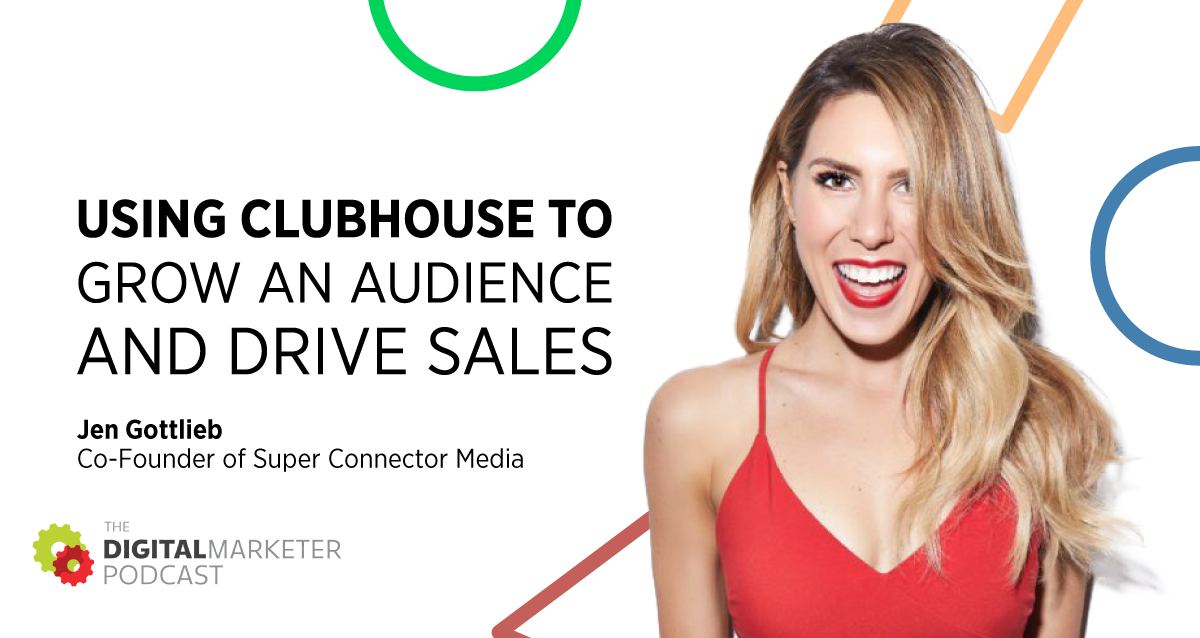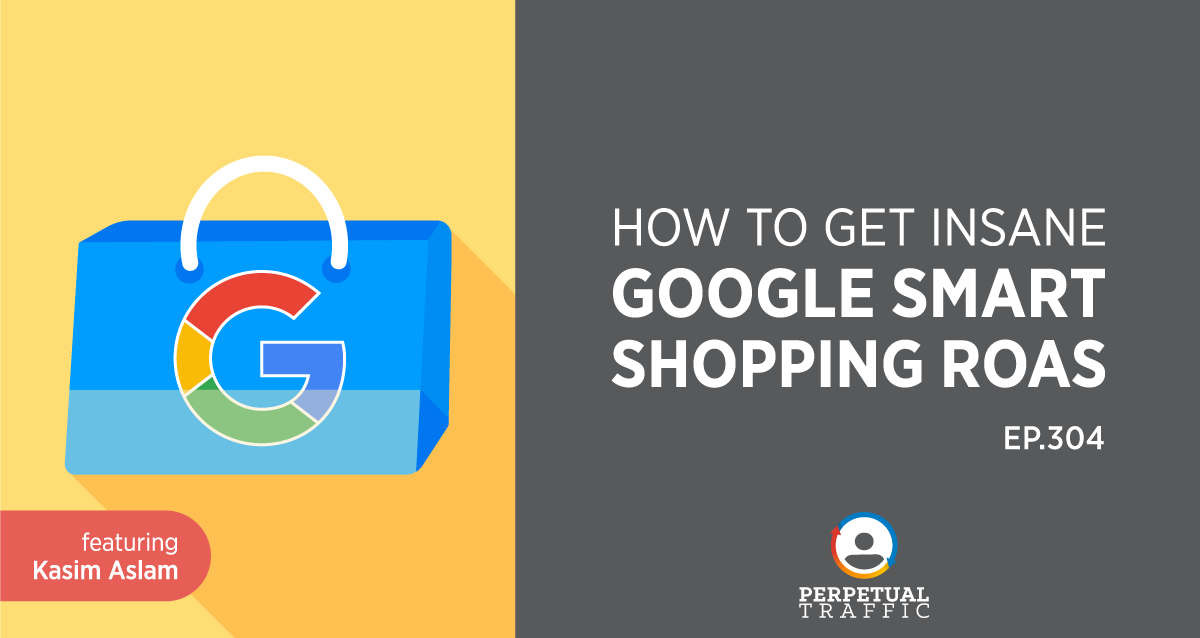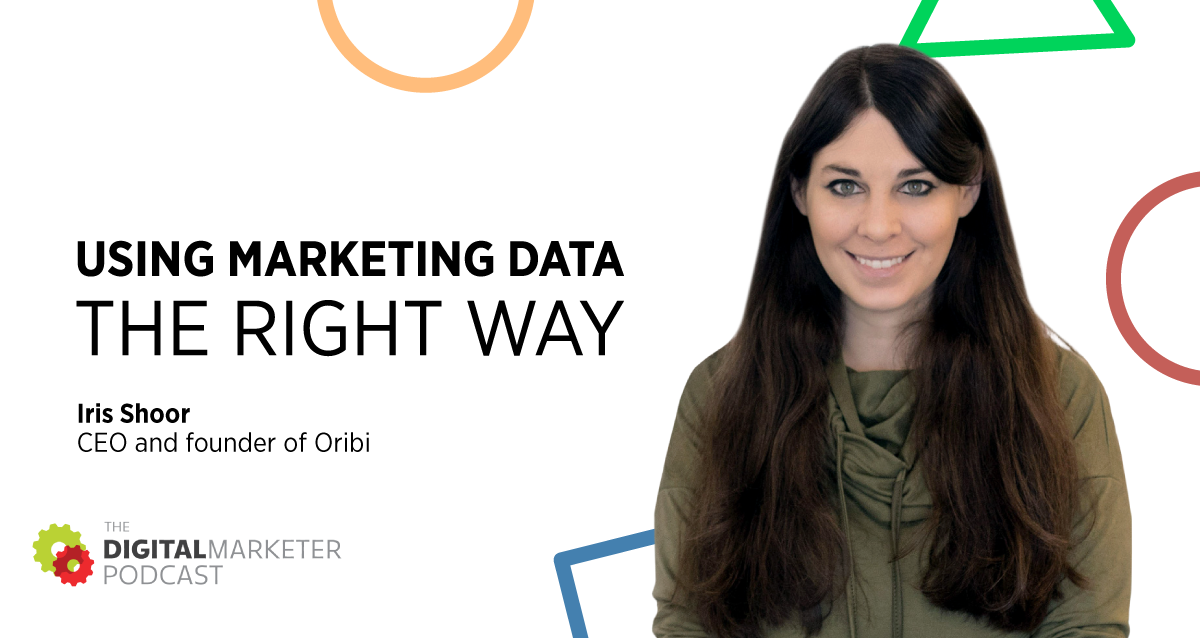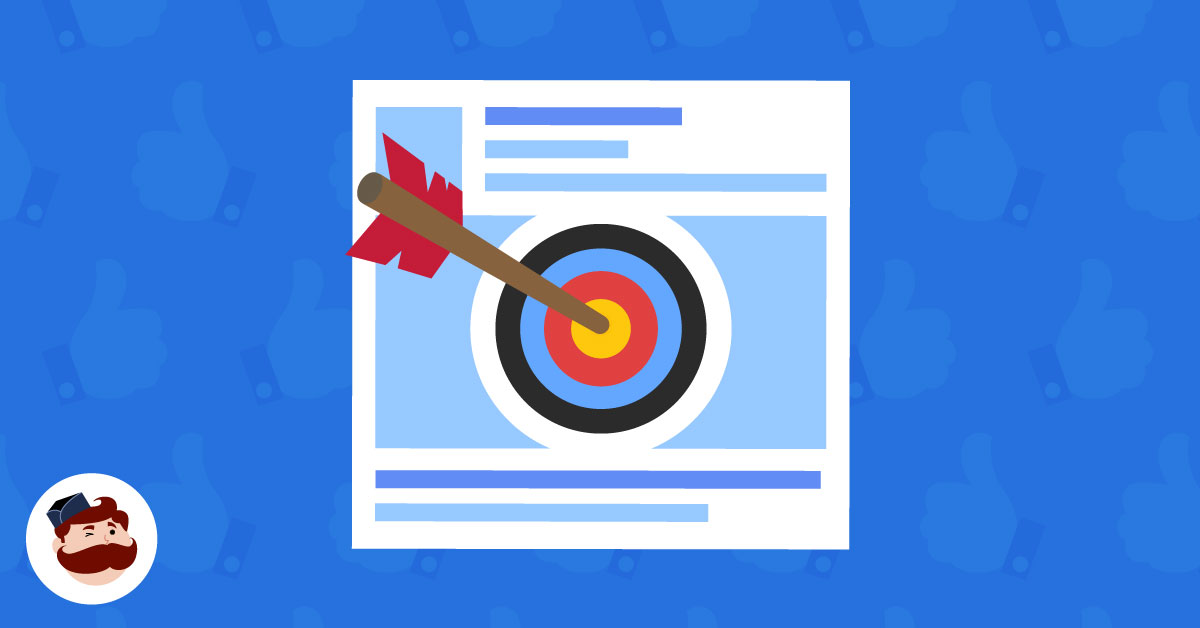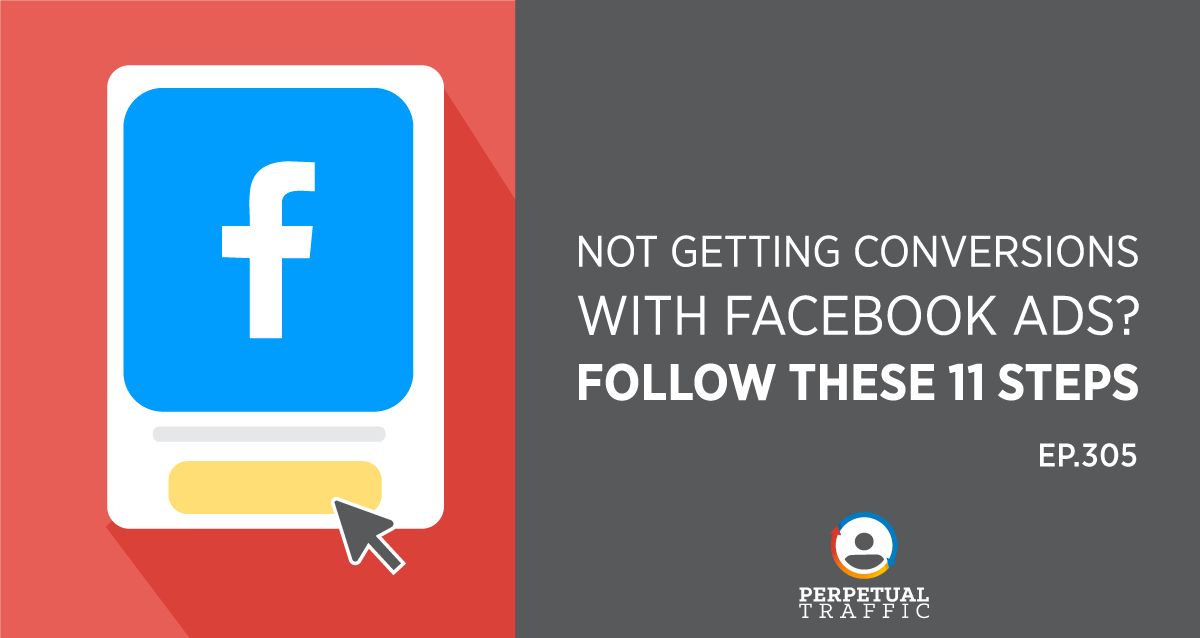The DigitalMarketer Podcast | Episode 150: Using Clubhouse to Grow an Audience and Drive Sales with Jen Gottlieb Co-Founder of Super Connector Media The DigitalMarketer Podcast | Episode 150: Using Clubhouse to Grow an Audience and Drive Sales with Jen Gottlieb Co-Founder of Super Connector Media
Continue reading here
Tag: Marketing
Marketing Integrations: The Challenge of Getting Your Marketing Tech Stack to Play Nice
More than 60% of marketers use 20+ marketing tools on a regular basis according to Airtable. For email marketing alone, more than half of small businesses use two or more tools according to Litmus. And the number of sales and marketing tools each company uses is forecasted to continue to increase rapidly as the number of available tools and the amount of customer data grows.
At the same time, according to Mulesoft, only 28% of tools a company uses are integrated with other tools. More tools, more data, but limited integration—can you spot the issue here?
Before we get to possible solutions, let’s take a step back and look at the biggest martech dilemma that sales and marketing leaders have been grappling with over the last several years.
Should you use best-of-breed tools or an all-in-one marketing suite?
The major shift: a preference for integrated suites
Up until recently the best-of-breed approach was steadily gaining popularity. Each year, an increasing share of companies picked the proverbial set of kitchen knives over a Swiss army knife.
The trend has since changed. Not slightly, but dramatically.
The preference for integrated suites doubled from 29% in 2019 to 59% in 2020. Why?
According to Gartner and Scott Brinker the primary driver is the increased need to join data and tools not just between sales and marketing but across the whole company.
Today’s “suite” is not about marketing. Or, more accurately, it isn’t just about marketing. It’s about providing the backbone for marketing, sales, and customer service. – Scott Brinker
Another key reason is that integrated suites are much easier to keep up with than they were in the past. As more companies build products with an integration first approach, it’s easier for companies to connect all their favorite tools with relative ease.
Last but not least, large software suites have acknowledged that they’ll never be able to build everything their customers want. So they’ve invested heavily into opening up and building their marketplaces, and app developers have had time to build properly useful integrations.
Today, there are roughly more than 500 apps on the Hubspot Marketplace, 850 on ActiveCampaign Apps Marketplace and more than 4000 on Salesforce Appexchange.
It’s no longer about choosing between all-in-one suites and best-of-breed tools. They’ve merged into the same thing.
The 2015 all-in-one martech suite was a landmass of code that tried to do everything.
The all-in-one martech suite of today is a backbone for the business with an open ecosystem. Use the database as the single source of truth, and pick and choose the tools that work for you whether from the same vendor or somewhere else.
Let’s take the example of HubSpot itself. HubSpot offers a CMS and email marketing as part of its offering. And yet, two of the top three marketing apps on the platform are WordPress and Mailchimp, popular CMS and email marketing solution,…
Episode 304: How to Get Insane Google Smart Shopping ROAS with Kasim Aslam
Perpetual Traffic | Episode 304: How to Get Insane Google Smart Shopping ROAS with Kasim Aslam | DigitalMarketer Perpetual Traffic | Episode 304: How to Get Insane Google Smart Shopping ROAS with Kasim Aslam | DigitalMarketer
Continue reading here
How to Build a Beloved Product Without Email Marketing
My co-founder and I consider his sister to be a trusted confidant. So when she told us that she’s uncomfortable providing her email address to companies—including ours!—and didn’t want more email clogging up her inbox, it made us stop in our tracks.
Could this be true across the board? We dug into our data and quickly discovered that our users shared her sentiment.
Based on what we were seeing, we decided to take a risk. We stopped requiring users to provide an email address upon signing up—which ultimately meant that we ditched our email marketing efforts altogether.
In the time since we decided to stop our email marketing, our business has grown exponentially. Our account registrations went up by 53%, meaning our users were investing further in our site, increasing their chances of returning.
Wondering how to encourage users to engage with your product again and again, without constantly popping in their inboxes? Here’s how we’ve done it.
Why we decided to stop collecting email
To give you some context, my co-founder and I operate a website called Solitaired, which ties classic card games to brain training. If I’m being honest, our user base was growing rapidly with email marketing. So you may be wondering why we decided to stop collecting email addresses, especially if it was working.
Before I go any further, it’s important to note that this strategy probably isn’t right for all businesses. In many cases, customers are more willing to give out their info when rewards are at stake, like discounts or sales. But our business doesn’t operate in that manner, which is just one of many reasons that we explored the possibility of pausing our email marketing.
However, we didn’t decide to ditch it without digging into our data even further. Before we made a final decision, we wanted to benchmark and understand the value of a sent email.
To do so, we emailed a small subset of our users. Our open rate was great, at 37%, with a 7% click through rate. Both were above industry benchmarks, which was something we were really proud of. But when we took a closer look, we discovered that, even if we scaled our email campaigns, the users who received our emails represented a measly 1% of our overall revenue.
We launched our second campaign a week later, and the story got worse. The open rate and click through rate dropped by more than half. Email blindness was setting in.

Armed with that data, and based on the initial feedback we received from my co-founder’s sister, we were also concerned about the potential annoyance of continuing these email campaigns. This was something we saw on a broader level. In general, open rates and click-throughs have decreased 45% since 2010 as users have become fatigued by email marketing and more concerned about their privacy.
This was more than enough data to suggest that…
Episode 151: Using Marketing Data the Right Way with CEO and founder of Oribi Iris Shoor
The DigitalMarketer Podcast | Episode 151: Using Marketing Data the Right Way with CEO and founder of Oribi Iris Shoor The DigitalMarketer Podcast | Episode 151: Using Marketing Data the Right Way with CEO and founder of Oribi Iris Shoor 0; if (swpButtonsExist) { swp_admin_ajax = “https://www.digitalmarketer.com/wp-admin/admin-ajax.php”; swp_post_id=85749; swp_post_url= “https://www.digitalmarketer.com/podcast/digitalmarketer/marketing-data/”; swp_post_recovery_url = “”; socialWarfare.fetchFacebookShares(); } }); ]]>
Continue reading here
It’s Just Marketing: You Can Stop Using the Word “Digital” Now
It’s Just Marketing: You Can Stop Using the Word “Digital” Now | DigitalMarketer It’s Just Marketing: You Can Stop Using the Word “Digital” Now | DigitalMarketer
Continue reading here
WordPress vs Webflow | CXL
While WordPress may be the most well known CMS in the world, Webflow continues to establish itself as a powerful alternative for established and upcoming brands. In this article we’ll take a thorough look at both WordPress and Webflow to help choose the right option for you.
As is tradition with our other tool comparisons, this is not a dry feature-by-feature comparison of WordPress and Webflow. Both have their benefits and disadvantages depending on your needs and the type of business you run. That said, depending on your resources and team, both make a strong case for becoming your CMS that powers your business.
WordPress vs Webflow 4 factors to consider
1. Cost
From a purely cost perspective, WordPress is less expensive than Webflow. With WordPress all you need is a domain and hosting which you can snag for less than $100 a year. Webflow on the other hand, has a variety of pricing options based on your needs, but in general is more expensive, particularly if you’re looking to build out multiple sites.
That said, with WordPress you typically will also need to invest in a premium WordPress theme and invest in various plugins to help make your business run smoothly. The benefit of WebFlow is all your hosting is done by Webflow; there’s no need to search for hosting elsewhere.
Additionally, because Webflow can be customized without the use of code, you won’t necessarily need to account for a large dev team budget to make the changes you need as is the case with WordPress in many instances.
2. Plugins
From a sheer numbers standpoint, WordPress also beats out Webflow as it has thousands of plugins and integrations that have been time-tested over the years. Given that they have been around for two decades, they have been able to build relationships with many of the leading plugin and application builders.
Most developers and applications start building with WordPress in mind. That said, while a younger company compared to WordPress, Webflow has worked hard to partner with applications to ensure your favorite integrations work with them as well. Using tools like Zapier, you can also hack together a variety of integrations that are yet publicly available.
As founder Haradhan shares:
“[WordPress is free and open-source software, and also every WordPress developer already make some functional themes and plugin which things make our some works effortless.”
For SEO folks who rely heavily on the likes of Yoast, unfortunately Webflow currently does not have an integration with them. That said, Webflow has stated publicly that their sites are out-of-the-box SEO optimized.
Despite having more plugins available for WordPress, the downside of overreliance on various plugins is that you can open yourself up to security vulnerability and unnecessarily slow down your site.
As entrepreneur Nat Eliason shared:
“WordPress sites are slow unless you make a very deliberate effort to clean them up. All of the plugins, different tools, messy theme files, they add up, and the code behind a WordPress site…
Do You Recognize These 10 Mental Blocks to Creative Thinking?
Do You Recognize These 10 Mental Blocks to Creative Thinking? 18&63,h=A>>12&63,n=A>>6&63,o=63&A,u[l++]=i.charAt(a)+i.charAt(h)+i.charAt(n)+i.charAt(o);while(d  ‘ + data.settings.title + ” : ” }}} ]]>
‘ + data.settings.title + ” : ” }}} ]]>
]]> {{{ data.label }}} ]]>
Continue reading here
12 Facebook Ad Targeting Tips to Increase Your ROAS
Facebook ads is a game where those who know how to target their audience win.
The reason is simple —better Facebook Ads targeting leads to higher conversion rates. And higher conversion rates lead to better ROAS (return on ad spend).
But how can you improve your Facebook ad targeting without losing a lot of money with testing?
This can be tricky. Because while targeting the right people can net you great return on investment, you can also lose all of your investment if you target the wrong people. You either hit or miss. So you need to be very accurate when it comes to determining who’s your target audience and who’s not.
Continue reading for 12 actionable tips that will help you accurately determine your ideal target audience and increase your return on ad spend with the help of hyper-targeted ads.

1. Use Facebook Audience Insights wisely
Facebook Audience Insights offers a ton of valuable data on your Facebook audience including demographics, interests and location. This information can help you create heavily targeted Facebook ad campaigns.
Here’s how to use it:
- Go to the Facebook Audience Insights dashboard and select an audience. You can choose between everyone on Facebook or your current followers.
- Choose a demographic that fits your target customers. You will be able to learn about their interests, location, job titles, language and so on.
- Find out what your target audience is consuming on Facebook. What Pages do they follow? What content categories are they most interested in?
- Using the control panel on the left side of the screen, play with the options and narrow down your audience until you’ve found a profitable niche you can sell to. Then, save your audience.

After you’ve saved your audience, click on the Create Ad button in the top right corner of the screen. This will take you to an ad creator, and all of the targeting details will already be filled in for you.
Learn more about this process in our Facebook Audience Insights guide.
2. Leverage Facebook Custom Audience strategies
Facebook Ads Manager allows you to submit your own audience in the form of email lists, phone numbers, landing page visitors and so on. This feature is called Facebook Custom Audiences.
Here, you can further personalize your targeting with custom audiences to put your ads in front of the right people. Leveraging Facebook Custom Audiences offers many conversion opportunities like:
- Sending upselling ads to your existing customers.
- Excluding existing customers from receiving ads targeted to new prospects.
- Targeting people who have already visited your website and giving them a second chance to engage with you (you need a Facebook pixel for this).
- Segmenting your target audience and testing different hyper-targeted ads.
…
Episode 305: Not Getting Conversions with Facebook ads? Follow These 11 Steps
Perpetual Traffic | Episode 305: Not Getting Conversions with Facebook ads? Follow These 11 Steps | DigitalMarketer Perpetual Traffic | Episode 305: Not Getting Conversions with Facebook ads? Follow These 11 Steps | DigitalMarketer
Continue reading here
